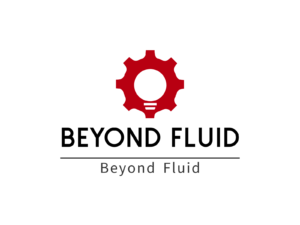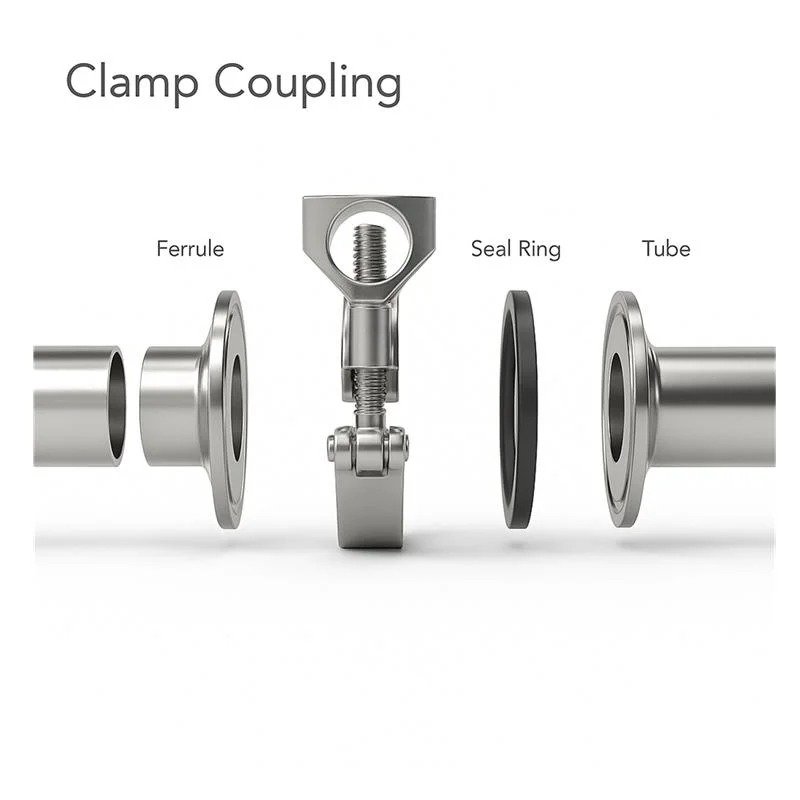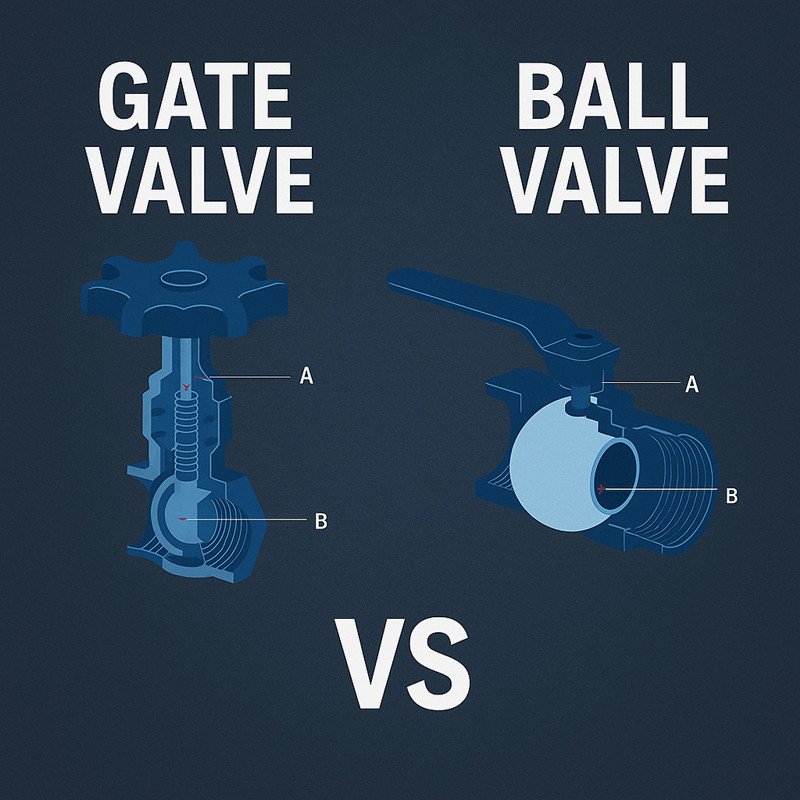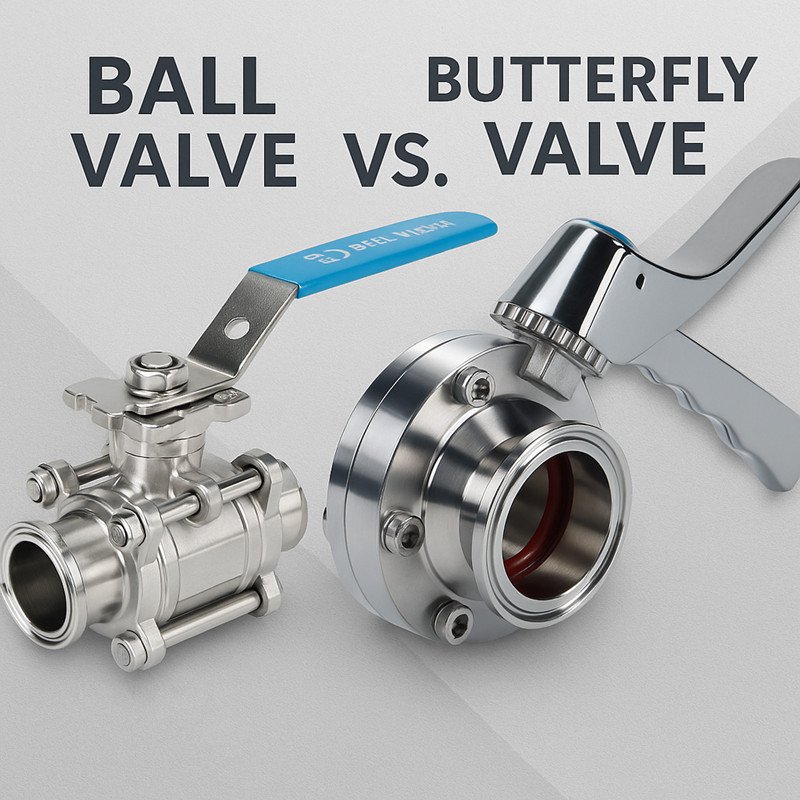
Sanitary valves are essential components in industries where hygiene and safety are paramount. Choosing the right valve can prevent contamination, ensure efficient operation, and maintain compliance with industry standards.
Sanitary valves are designed to meet strict hygiene requirements1, preventing contamination in food, pharmaceutical, and biotechnology applications. They play a crucial role in maintaining clean and safe processing environments.
Selecting the best sanitary valve involves understanding different types, materials, applications, and compliance requirements2. This guide will help you make an informed decision based on your industry needs.
Types of Sanitary Valves
Ball Valves: How Do They Work?
Ball valves are widely used in sanitary applications due to their tight shut-off capabilities and ease of operation.
Ball valves use a rotating ball with a hole through its center to control flow. They provide a reliable, leak-proof seal and are ideal for applications requiring minimal contamination risks.
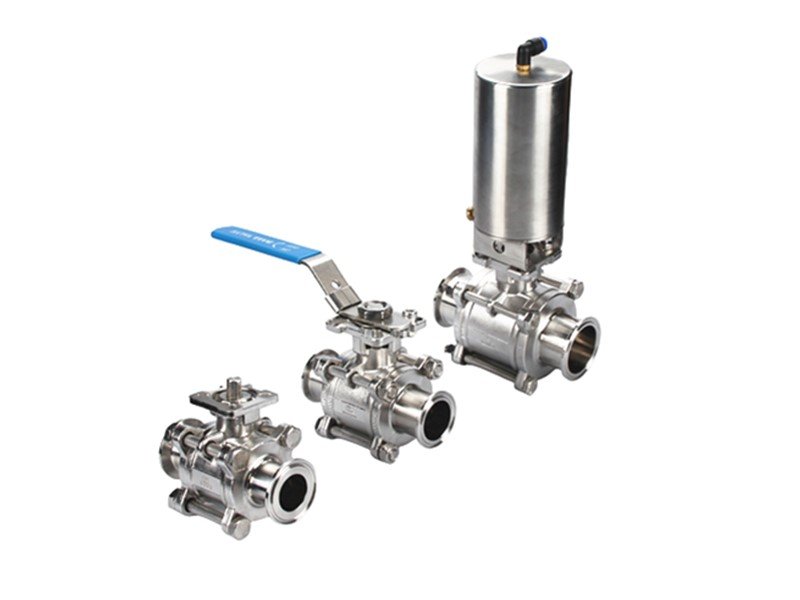
Key Features of Ball Valves
- Design & Operation: Consist of a ball inside a valve body that rotates 90 degrees to open or close.
- Typical Applications: Used in the food and beverage, pharmaceutical, and chemical industries.
- Advantages: Provides a tight seal, is easy to clean, and supports CIP/SIP processes.
- Limitations: Not ideal for throttling applications as partial openings can cause wear.
Butterfly Valves: Are They the Right Choice?
Butterfly valves are compact and easy to operate, making them a popular choice for sanitary applications.
A butterfly valve consists of a rotating disc that regulates fluid flow. It is lightweight, cost-effective, and suitable for applications requiring frequent operation.

Pros and Cons of Butterfly Valves
- Design & Operation: A simple mechanism where a circular disc rotates to control flow.
- Advantages: Lightweight, cost-effective, easy to maintain.
- Limitations: Not as tight-sealing as ball valves, may not be suitable for high-pressure applications.
- Common Uses: Found in the dairy, beverage, and pharmaceutical industries.
Diaphragm Valves: Why Are They Preferred for Aseptic Processing?
Diaphragm valves provide precise control over flow and are highly resistant to contamination.
Diaphragm valves use a flexible diaphragm to regulate flow, making them ideal for aseptic processes. They ensure zero dead space, reducing contamination risks.

Where Diaphragm Valves Excel
- Structure & Functionality: Uses a diaphragm that moves up and down to control fluid flow.
- Industries: Common in biotechnology, pharmaceuticals, and cosmetics.
- Advantages: Prevents contamination, ideal for sterile applications.
- Drawbacks: Higher maintenance costs due to diaphragm replacement.
Check Valves: How Do They Prevent Backflow?
Check valves are essential for preventing reverse flow, protecting equipment and ensuring hygiene.
Check valves allow fluid to flow in one direction only. They are crucial in sanitary systems to maintain unidirectional flow and prevent contamination.

Types of Check Valves
| Type | Mechanism | Typical Application |
|---|---|---|
| Ball Check | Uses a floating ball to block reverse flow | Dairy and beverage industries |
| Disk Check | Spring-loaded disk prevents backflow | Pharmaceutical and biotech sectors |
Gate Valves: When Should They Be Used?
Gate valves are primarily used for on/off control in sanitary systems.
Gate valves operate by lifting a gate to allow fluid flow. They are suitable for low-pressure applications but not ideal for throttling.

Pros and Cons of Gate Valves
- Design: Vertical gate movement controls flow.
- Best Uses: Ideal for large-diameter piping.
- Drawbacks: Slow operation, not for throttling.
- Common Applications: Used in food processing and water treatment.
Materials and Design Considerations
What Materials Are Commonly Used?
Sanitary valves must be made of materials that resist corrosion and contamination.
| Material | Properties | Applications |
|---|---|---|
| 316L Stainless Steel | High corrosion resistance, easy to clean | Food, beverage, pharmaceuticals |
| 304 Stainless Steel | Good corrosion resistance, cost-effective | General food processing |
What Design Features Enhance Cleanliness?
- DFT Valves: Self-draining designs prevent contamination.
- Seamless Interiors: Minimize bacterial buildup.
- CIP/SIP Compatibility: Ensures easy cleaning and sterilization.
Applications of Sanitary Valves

Food and Beverage Industry
Sanitary valves in food processing must meet strict hygiene standards like FDA and 3-A Sanitary Standards3. Common uses include dairy processing, brewing, and soft drinks production.
Pharmaceutical and Biotechnology
These industries require sterile, contamination-free environments4. Valves must support CIP/SIP cleaning5 and meet stringent regulations.
Dairy Industry
Dairy applications demand smooth, crevice-free surfaces to prevent bacterial growth. Butterfly and diaphragm valves are commonly used.
Selection Criteria
Key Factors to Consider
| Factor | Importance |
|---|---|
| Working Pressure | Ensures valve durability |
| Temperature Range | Must withstand process heat |
| Flow Rate | Determines valve size and type |
Compatibility with Cleaning Processes
Sanitary valves should be compatible with CIP (Clean-In-Place) and SIP (Sterilize-In-Place) processes to maintain hygiene.
Installation and Maintenance
Best Practices
- Ensure proper alignment during installation.
- Use compatible gaskets and fittings.
- Conduct pressure testing before operation.
Maintenance Tips
- Regularly inspect seals and diaphragms.
- Clean thoroughly using industry-approved methods.
- Replace worn-out components promptly.
Regulatory Standards and Compliance
Sanitary valves must comply with FDA, 3-A Sanitary Standards, and EHEDG guidelines to ensure safety and hygiene in various industries.
Recent Innovations and Trends
- Automation & Smart Valves: Integration with IoT for remote monitoring.
- Advanced Materials: Use of corrosion-resistant alloys for enhanced durability.
Case Studies
Real-World Example
A dairy processing plant switched from traditional butterfly valves to diaphragm valves, reducing contamination risks and improving product consistency.
Conclusion
Choosing the right sanitary valve ensures hygiene, efficiency, and compliance in your industry. Stay updated with the latest innovations to enhance your processing systems.
-
This resource will provide insights into the specific hygiene standards that sanitary valves must meet to prevent contamination. ↩
-
Learn about the essential compliance standards for sanitary valves in biotechnology to ensure safe and effective operations. ↩
-
Understanding these standards is crucial for ensuring food safety and compliance in the industry. ↩
-
Explore best practices for maintaining sterility in critical environments, essential for pharmaceutical safety. ↩
-
Learn about the importance of CIP/SIP cleaning processes for maintaining hygiene and compliance in production. ↩

